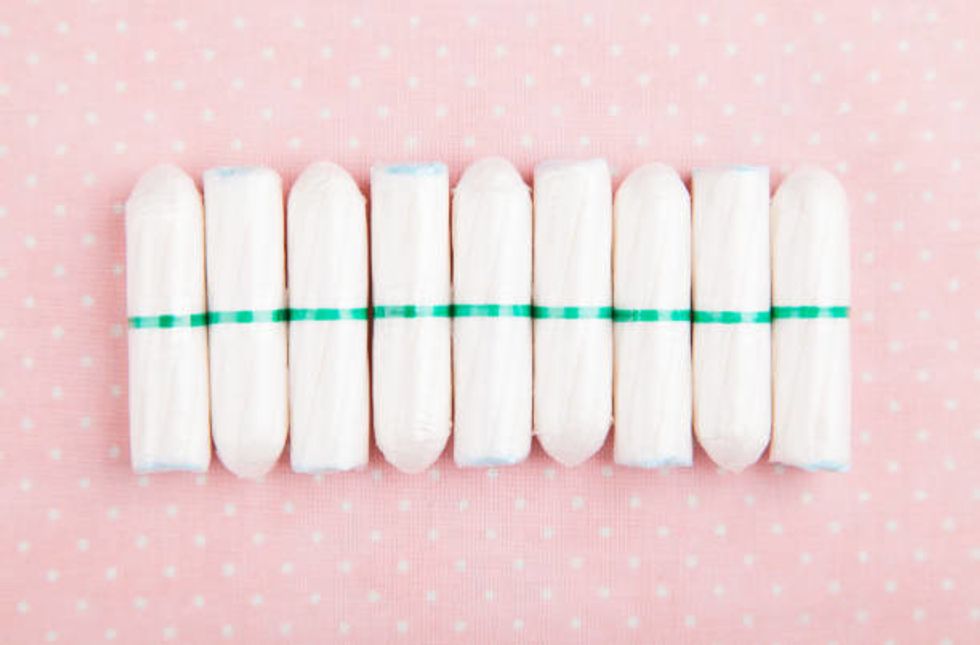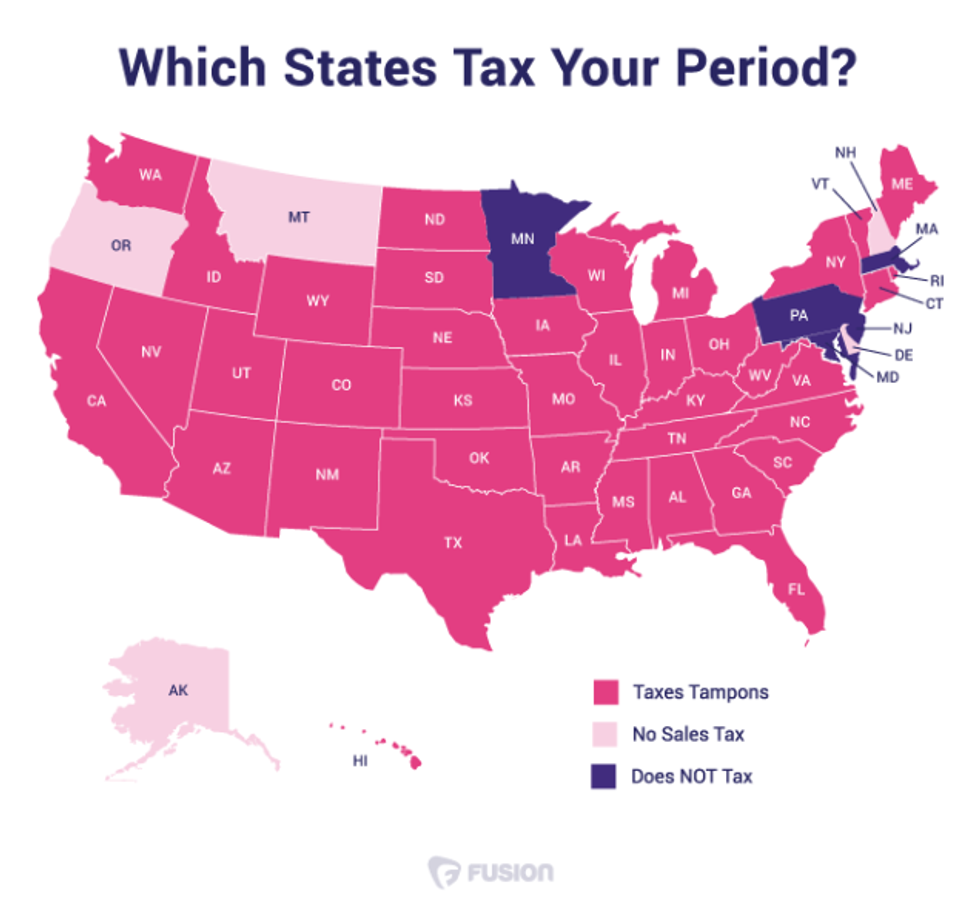Women Pay More And Get Paid Less, I'm So Not Here For This 'Pink Tax' BS
Women pay more but get paid less.
It's no secret that life is markedly different for women than it is for men. Women experience a different reality and have a different view of the world.
Women are socialized differently. Women take different precautions when out in public. Women still only make 80.5 cents for every dollar men make, according to the Institute for Women's Policy Research. And the biggest kicker is that women pay more than men 42% of the time for identical consumer goods.
This means women spend an additional $1,300 per year in extra costs, compared to men despite the fact that women make less than men.
"By the time a woman turns 30, she's been robbed of $40,562 just for being a woman," Sherry Baker, president of product development and marketing at European Wax Center.
This is the "pink tax"
The "pink tax" refers to the extra amount women are charged for certain products and services, including dry cleaning, personal care products, and even vehicle maintenance. Items included in the "pink tax" are wide-ranging and include tampons, which are taxed in 36 states even when other medical necessities aren't; personal care products, including shampoo, conditioner, razors, etc.; dry cleaning; toys, and even gender-neutral toys like bikes and backpacks are more expensive when marketed towards women and girls; clothes, for both women and girls, are generally more expensive; and mortgages are more expensive for women due to an assumed lower credit score, despite studies proving women default less frequently on mortgages.
The New York City Department of Consumer Affairs released a study in which the prices of over 800 consumer goods were compared, with the goal of estimating the price differences female and male shoppers face when buying the same item. It found that women pay 7% more for toys and accessories, 4% more for children's clothing, 8% more for adult clothing, 13% more for personal care products, and 8% more for senior/home health care products.
Although this sounds like a new development, it's been around since the US drafted the sales tax system between the 1930s and 1960s. Expenses in those decades were taken care of by a whole household that typically featured working men and stay-at-home women taking care of the children. A lot has changed since then, but the tax has not evolved to reflect the current trends of women in the workplace.
There are a number of explanations for the "pink tax."
- The first explanation is that it arose from the advances women have made in the workplace and now they must individually bear the burden.
- The second explanation is that the tariffs on clothing imports for women are higher.
- The third explanation is that the product design of women's goods is more elaborate and costly for the company, which decides to pass the burden onto the consumer.
The "pink tax" is bogus.
Women shouldn't be punished for simply existing, making strides in the workforce, and having different preferences than men. Women should be paid the same wage for the same job, and pay the same price for consumer goods and services as men.






 Tampon Tax Across the United States
Tampon Tax Across the United States 



















